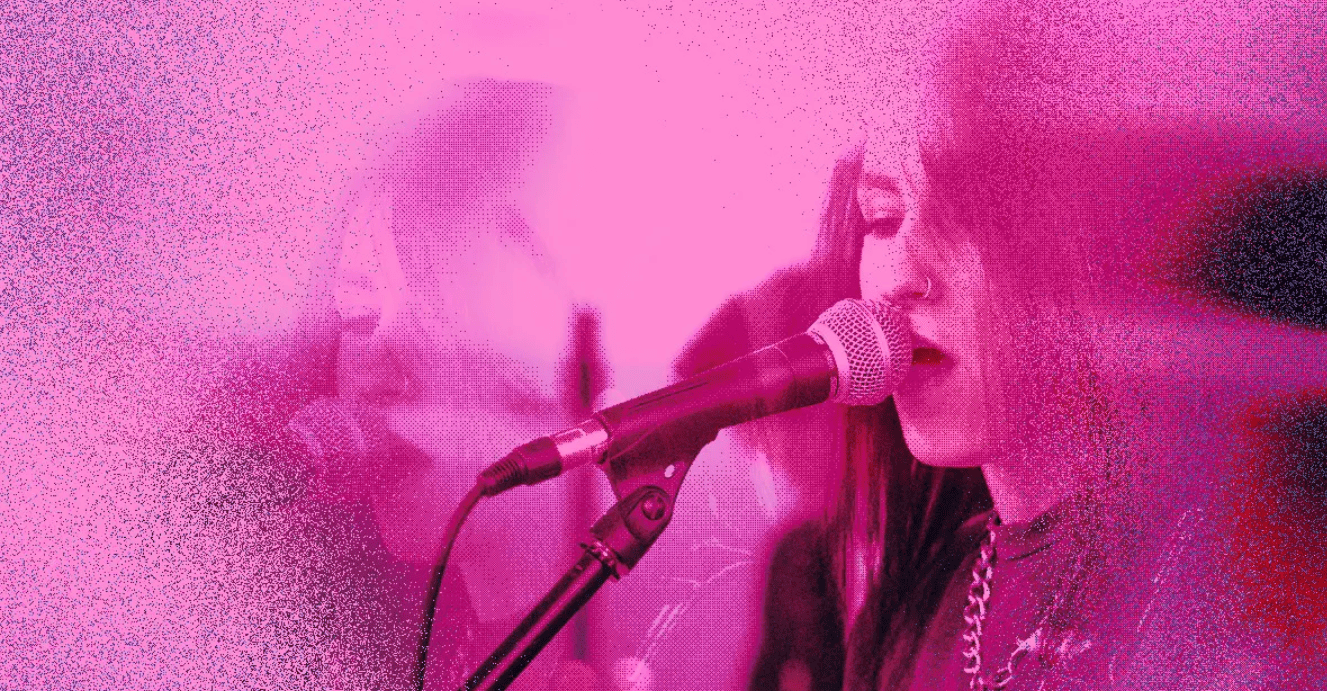Melodic inspiration often seems to strike randomly, but many of the most captivating melodies actually adhere to a recognizable pattern. This pattern is known as ‘call and response,’ a melodic technique that can spark creativity and enhance your songwriting. In this article, we’ll delve into the concept of call and response, helping you understand its essence, identify it, and apply it effectively in your own music. Let’s begin!
What is call and response?
Call and response is a musical pattern characterized by a ‘statement’ phrase followed by a contrasting ‘answer’ phrase. These phrases are delivered sequentially.
This technique is potent in songwriting as it mirrors the fundamental structure of human communication. It can manifest in various musical elements but is most frequently observed in melodic lines.
At times, people use this to imbue an instrument or melody with its unique character, akin to a leitmotif.
Call and response melodies tend to be highly memorable and distinctive due to their familiar pattern.
What does call and response sound like?
Call and response is recognizable in any two-part melody featuring a statement followed by an answer.
It’s often evident when a musical line or figure starts with a statement that appears unfinished. The subsequent answer either confirms or defies expectations by incorporating complementary or contrasting elements.
Where can you apply it?
While this may seem straightforward, it offers versatility in musical compositions.
Here are examples of specific scenarios where this technique excels:
1. Lead and backing vocals
An effective way to employ call and response is through the composition of backing vocals.
Backing vocals serve to enhance and support the lead singer’s performance, and they can even become integral to the main melody.
Given their role in reinforcing a conversational quality, they naturally lend themselves to call and response dynamics.
Here’s a clear illustration of this technique.
2. Contrasting musical figures
Don’t limit call and response to vocal lines alone, even if the song’s hook doesn’t reside in the vocals.
In fact, creating contrasting melodies and figures using this pattern is a powerful approach for crafting memorable instrumental hooks.
When you encounter a phrase that naturally suggests a ‘second half,’ consider highlighting the call and response, as shown in this example.
3. Similar lines in contrasting voices
Call and response isn’t all to melodic patterns.
A response can originate from a different instrument or texture while sharing the fundamental melodic framework.
This becomes especially intriguing when the response figure emerges in a distinct octave range or through a markedly different instrumental voice.
4. Trading fours
An improvisational use of call and response is ‘trading fours.’
In jazz, this technique involves soloists taking turns with short, typically four-bar improvisations.
By attentively listening to their fellow musicians, jazz performers often craft contrasting or complementary lines, creating call and response dynamics within the ensemble.
Melodic Techniques
Call and response stands as one of the most enduring musical forms, deeply rooted in human conversation. It remains a potent tool for adept songwriters.
If you’ve reached the end of this article, you are good to incorporate this into your own compositions



